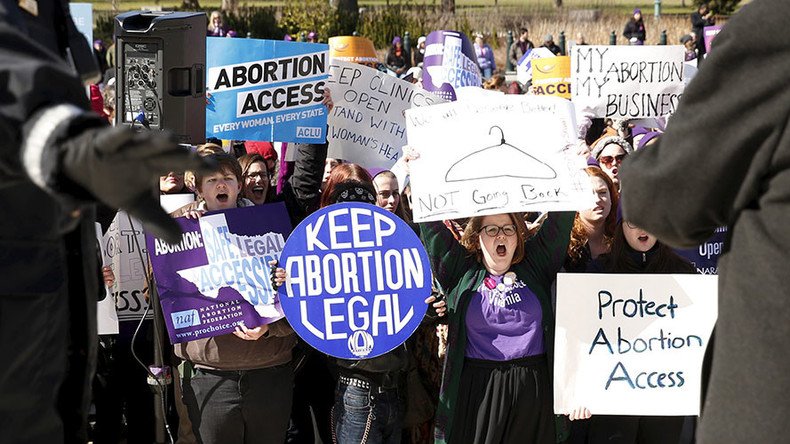Government expands use of abortion pills for first time since 2000

The Food and Drug Administration has relaxed its requirements for the abortion pill, a move that could expand access to the procedure amid increasing restrictions on abortion providers.
For many abortion providers, this move will not affect their recommendations for prescribing mifepristone, an abortion pill that blocks hormones necessary for pregnancy, as they were previously diverging from FDA guidelines in favor of using new research, according to the Washington Post.
But laws in Texas, North Dakota and North Carolina require that providers use the FDA’s recommendations, which were last updated in 2000 and are considered to be outdated, the Guttmacher Institute reports.
The news was well received by medical experts, such as the American Congress of Obstetricians and Gynecologists, which said in a statement that it was “pleased that the updated FDA-approved regimen for mifepristone reflects the current available scientific evidence and best practices.”
Essentially, the new recommendations allow providers to prescribe dosages in keeping with current research. The 16-year-old protocol for mifepristone called for doses of 600 milligrams, but over the years, doctors learned that 200-milligram doses were equally effective without as many side effects as the higher doses, Slate reported. In addition, the new FDA regulations have expanded the amount of time that the medication can be used to induce abortions from 49 days to 70 days.
Lowering the recommended dosage reduces the required number of follow-up doctor’s appointments from three to two. This could prove to be beneficial for women in states where access to abortion providers is extremely limited, such as North Dakota, which had one single abortion provider for the entire state in 2011, according to the Guttmacher Institute.
Planned Parenthood applauded the government’s decision, calling the new guidelines, “a significant step forward for science, for women, and for health care providers who want to give our patients the highest quality care.”
The announcement came the same day that the topic of abortion made waves in the Republican presidential campaign. MSNBC released footage Wednesday of a prerecorded town-hall-style forum with Chris Matthews of MSNBC in which GOP frontrunner Donald Trump said that women should be punished for abortions. He also said, “You go back to a position like they had where they would perhaps go to illegal places. But you have to ban it.” He later retracted his statement, noting that if abortion were illegal, the provider should be punished, not the woman.
Trump campaign cleans up his asinine abortion statement
— Matt Mackowiak (@MattMackowiak) March 30, 2016
pic.twitter.com/n92Xqv0uvu
Ohio Governor and Republican presidential hopeful John Kasich has enacted 16 abortion restrictions since he entered office in 2011 – including signing a state budget bill that prohibits state-funded rape crisis counselors from referring women to abortion. However, he attempted to distance himself from Trump’s statements, saying “I don’t think that’s an appropriate response and it’s a difficult enough situation then to try to punish somebody.”













